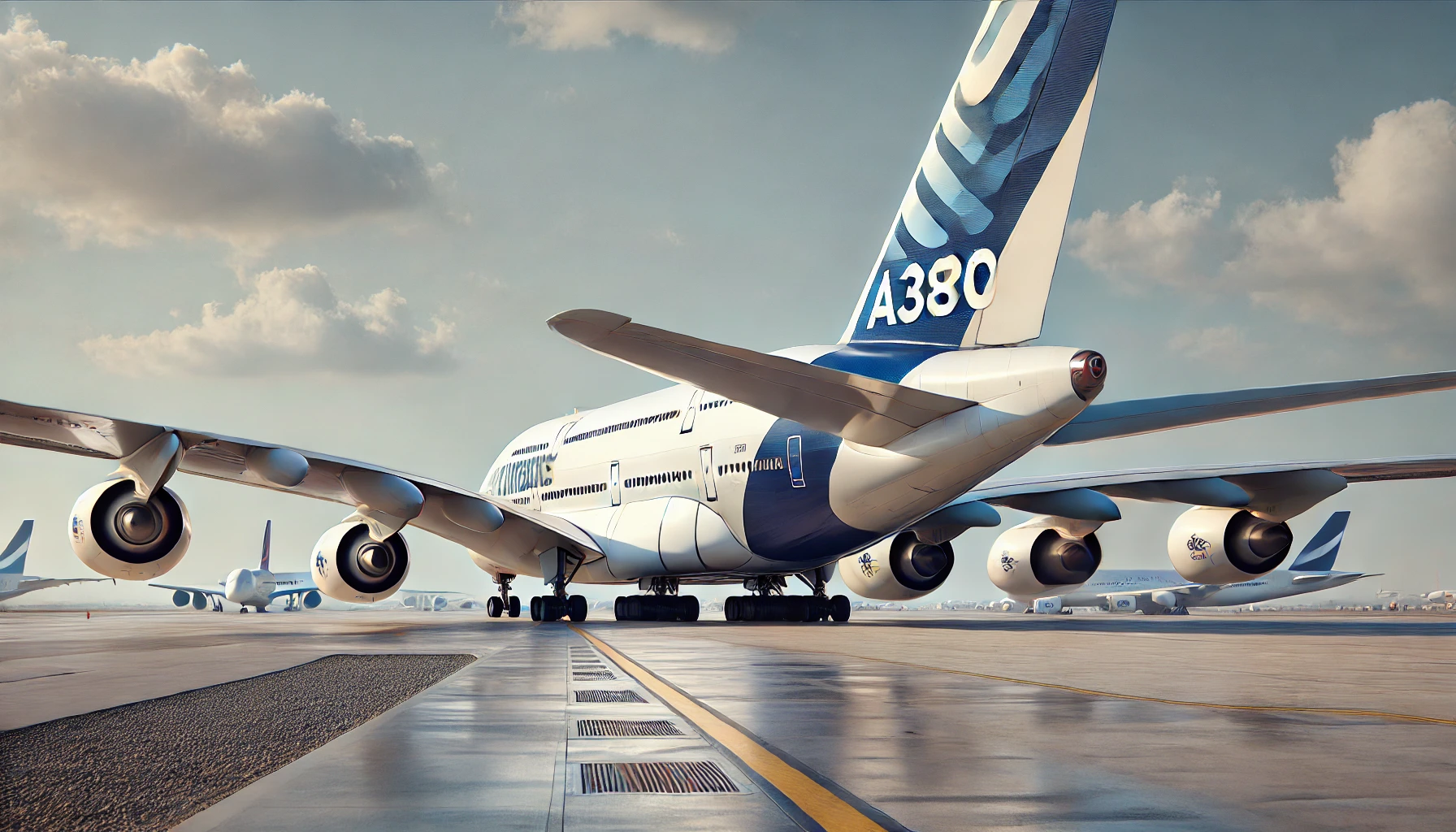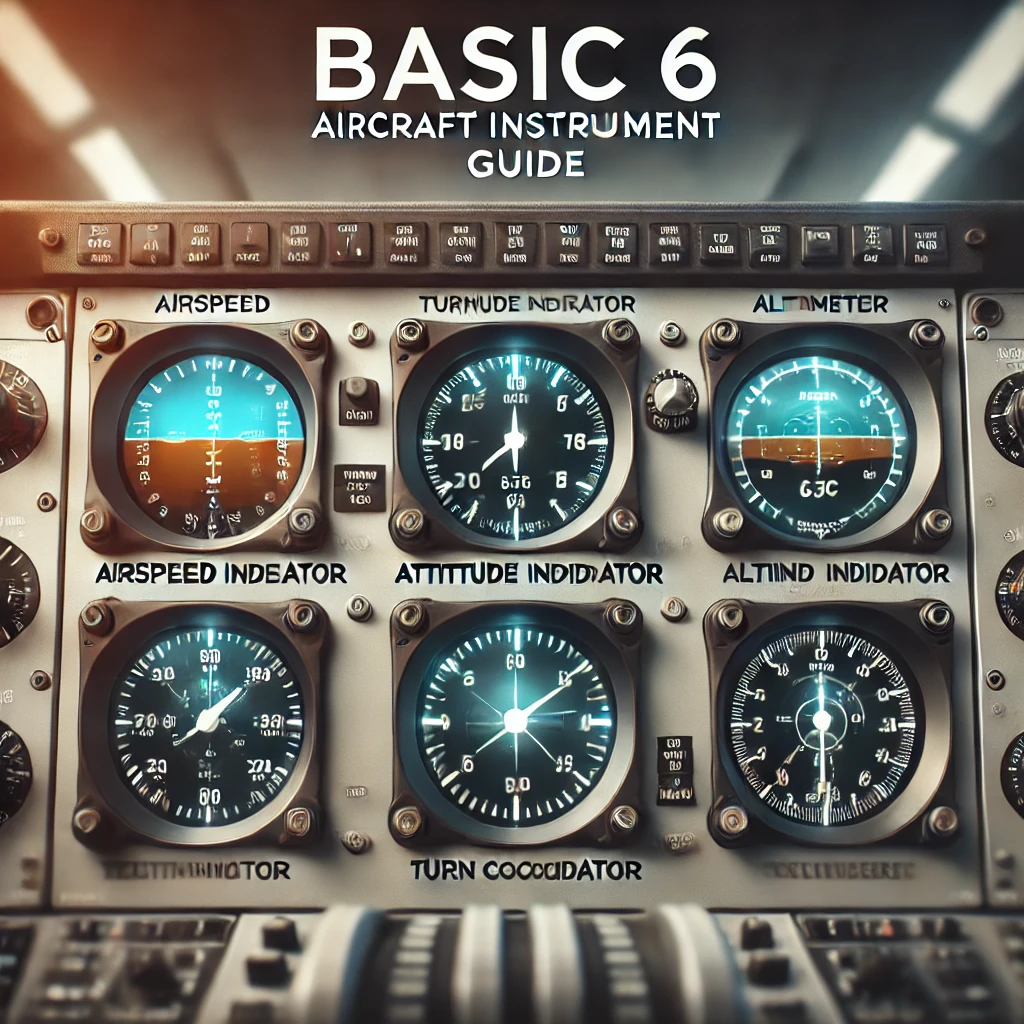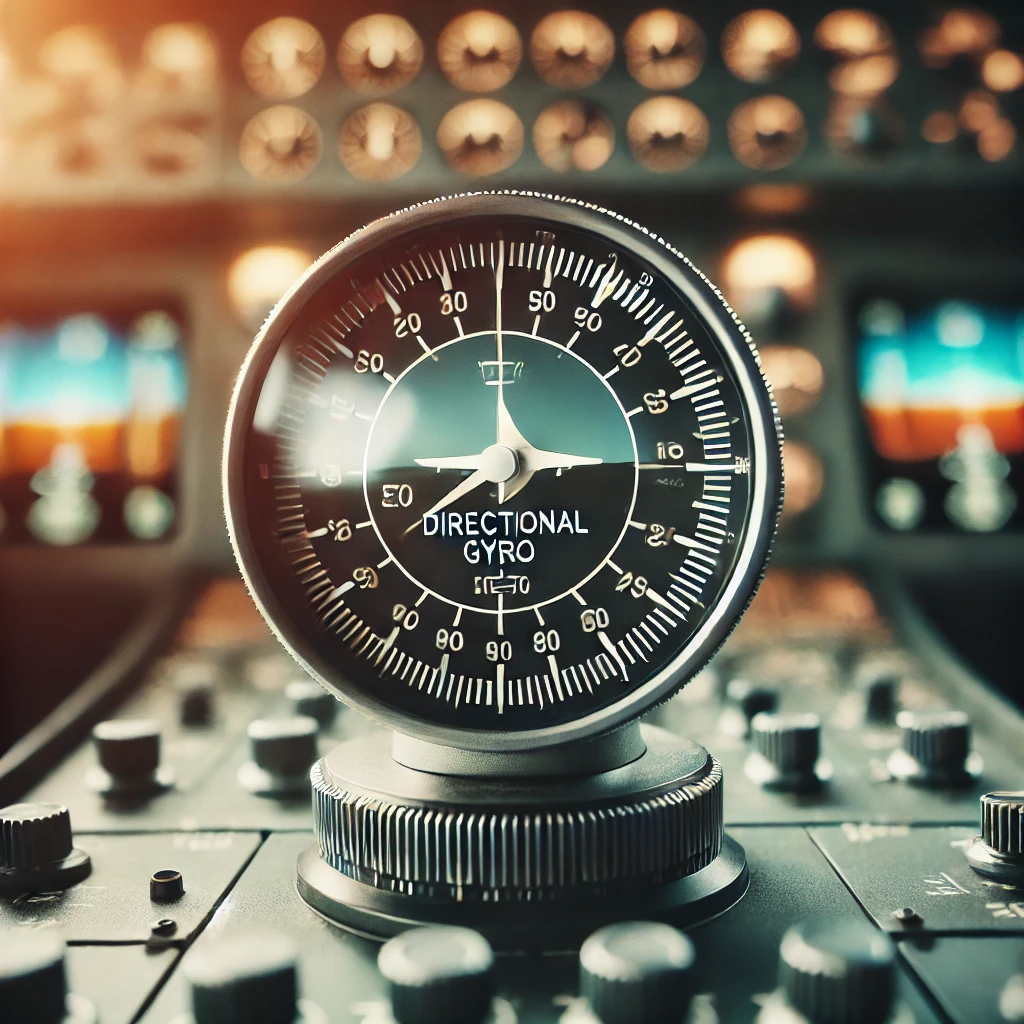Almost like a model of a miniature jet that can get you from here to there at a reduced price than other models. While most see wide-bodies as the jet of choice for long haul flights, it is actually the narrow body, short to medium range jet that is more cost effective on those short hops between cities.
In this segment slowly we will drill down to these smaller commercial airplanes and how are they involved in your travel. If you will do some narrow body flights, it’s probably cheaper with an airline to take you on smaller machines. Whatever the case, lower your travel expectations and simply savor the joy of the journey. So we are ready for take off you fix your belts please.
The difference between narrow-body and wide-body aircraft
Like any other form of transport, narrow-body and wide-body serve crucial roles; and, therefore, there are metrics to determine their efficiency. Narrow body aircraft (also known as single aisle aircraft) have one aisle for two rows of seats, as the name suggests. It is best suited for short to medium haul services.
Wide-bodied planes, on the other hand, feature two aisles and wider fuselage. They are designed to hold more passengers and for longer distances.
The two differ significantly when it comes to passenger capacity. Narrow-bodies generally take between 100 to 240 passengers, while wide-bodies can carry 200 to more than 800 passengers depending on the configuration.
The operational costs are also different. For shorter flights, narrow-body jets are normally more economical on account of lower fuel and maintenance costs. Each shall get the following miles of travel for different flight distances passenger traffic.
Advantages of flying on a narrow-body aircraft for passengers
Passengers flying on a narrow-bodies enjoy a host of advantages. A big plus that these planes provide is the effectiveness. They would be used for primarily medium to short-haul flights, so boarding and deplaning goes faster.
These types of aircraft operate far less on congested routes, so passengers typically receive fewer delays. That could mean getting more reliable schedules, and be on time to destinations.
The added bonus is the comfort. Compared with several older designs, many airlines have updated the seating layout in narrow-body models with an increase in personal space and legroom.
Passengers will receive limited service during and after they board the plane. For example, the crew concentrate on short sector services when passenger numbers are typically high. This explains the reason the service is committed in making sure there are little to no waiting time to access the defined services.
As mentioned before, reply may less to the operating costs of narrow bodied aircraft. Consequently, such air travel may become cheaper for the citizens.
Potential drawbacks of narrow-body aircraft for passenger experience
Narrow bodied aircraft do have their advantages, but they have their share of challenges for the customers too. Space for the cabin is the biggest challenge. A narrower fuselage implies lesser cabin, which means a lot less space to actually move around, which in turn implies more compact seating spaces.
Another worrying point is the very limited bunch of features that most of the planes come with. Unlike wide body aircraft, which typically have larger amenities —staff kitchens and even more spacious lavatories, narrow body aircraft have it all crammed into a tiny shell.
In addition, there is a high likelihood of more noise due to the smaller cabin size. As the engines are situated next to the passenger cabin, sound while in flight can be fairly intense.
Finally, certain routs may still have the older narrow body planes that lack features like new entertainment systems or Wifi. This can leave long haul trips not so pleasant, particularly compared to a flight on a modern aircraft designed with traveler comfort in mind.
Tips for travelers to optimize their experience on a narrow-body flight
It all starts with choosing the right seat. Choose a seat above the wing for a smoother flight. Anyone who craves extra legroom might look for exit rows or bulkhead seats.
The first step toward maximizing comfort is smart packing. A soft, easily stowable carry-on bag can be kept close by. Another wise tip: Snacks and a refillable water bottle will keep you hydrated and energized.
If you get there early, you have time to get settled without having to hurry. It gives you time to pass through security, and snag your preferred boarding spot.
Narrow body flights are not always equipped with personal screens for entertainment, so this can be a big factor. Downloading movies, podcasts and eBooks in advance prepares you for takeoff.
Travelers need to be flexible when it comes to estimating expected amenities. Certain smaller aircraft have bare-bones service from airlines, and others tend to surprise you with a little something extra.
Overview of popular narrow-body aircraft models used by major airlines
A lot of airlines depend on narrow bodied planes to efficiently serve short to mid-range flights, so they are a must have. One of the most popular models is the Boeing 737 and is commonly seen by most people. So a variety of lower and higher ranges in all sorts of capacities, going for passengers.
The Airbus A320 family also trumps as popular pick. It has a spacious cabin layout along with advanced technology that delivers superior fuel economy.
One of the smallest jetliners in the world today is the Embraer E-Jets series. These regional jets make it possible to quickly connect small towns with big cities while being completely comfortable.
The CRJ found favor among budget carriers as a low-cost option filling a wide variety of needs. These aircrafts enable passengers all over the world to have a seamless travel experience.
New developments and innovations in narrow-body aircraft products Technology for narrow-body aircraft is expected to undergo a significant transformation. There seems to be biometrics in progress forthe toll of the cash that is a test of betters the economy ofthe convenience and convenience of the passengers a test of betters.
These changes also include aerodynamics. Stronger wing designs that reduce drag will lead to better fuel economy and smoother flights. It will highly reduce the operating cost and help in saving the environment.
Their engine tech is evolving way too fast. The new age engines will increase the fuel economy for smoother flights along with the promise of quiet and powerful thrust. The improvements in turn make the prospect of quicker servicing at the airport more real, not only for the airlines, but for the passengers as well.
The focus is also shifting to sustainability. Manufacturers are not only considering alternative fuels, but also hybrid propulsion systems that could revolutionize flying on narrow-body jets.
We’re also seeing some smart cabin tech being introduced. Passengers will enjoy enhanced connectivity and entertainment options, as well as health monitoring technologies that will help boost passenger health during the flight.
Conclusion: Is it worth it for passengers to fly on a narrow-body aircraft?
In a nutshell, it is worth it, and it not worth it for passengers to fly on narrow-body aircraft. Other continue to use the jet as it serves as an important feeder to the regional and short haul market, connecting cities that do not require wide body jets.
The advantages are obvious: less time required to board, cheaper flight tickets, and more non-stop flights available. The drawbacks of space and facilities however, would also come into play.
There are many ways to improve the experience which will suit nearly all, such as booking seats with extra legroom, arrive early to get a better seat free, or packing light. There are promising prospects, especially with the help of modern technology, which has been able to enhance these aircraft models, such as improved fuel efficiency and cabin pressure systems.
Ultimately, whether it’s worth it to fly a narrow-body aircraft comes down to an individual’s ideals and what their unique journey requires. For anyone looking to find an inexpensive, practical route that doesn’t involve major airlines, this could be a good fit.




